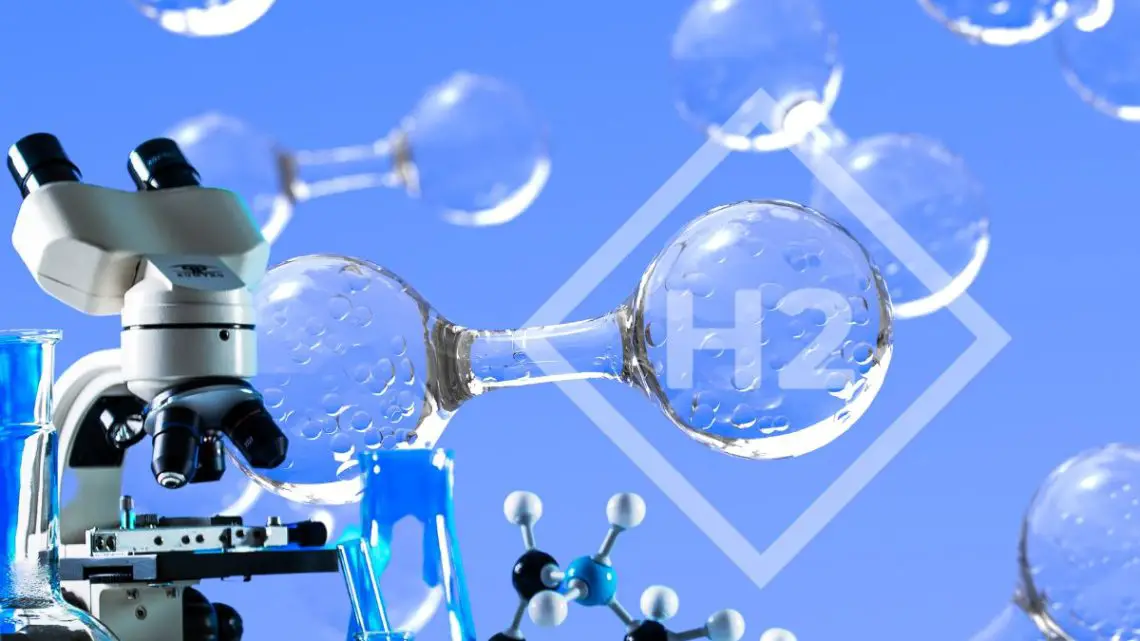
Hydrogen Research Ignites Extraordinary Leap in Fuel Cell Efficiency
September 15, 2023 0 By Angie BergensonA research team successfully developed solid electrolyte materials using MOFs.
A team of researchers, affiliated with UNIST, have made an innovative hydrogen research advancement by improving the efficiency of hydrogen fuel cells with new ionic metal-organic frameworks (MOFs) materials.
The groundbreaking approach significantly enhances conductivity.
The research team, which was led by Professor Myoung Soo Lah in the Department of Chemistry at UNIST, developed solid electrolyte materials using MOFs. What makes this particular hydrogen research achievement notable is that the new ionic MOF materials significantly enhance the conductivity of hydrogen ions within the solid electrolyte that is employed in hydrogen fuel cells.
Moreover, according to their research article “Superprotonic Conductivity of MOFs Confining Zwitterionic Sulfamic Acid as Proton Source and Conducting Medium”, published in Angewandte Chemie, a weekly peer-reviewed scientific journal, the team introduced guest molecules with low acidity.
This marked “a pioneering achievement among intermediaries used for this purpose.” The hydrogen research team accomplished enhanced hydrogen ion conductivity by implementing a new methodology that boosts the number of guest molecules inside MOF pores.
The hydrogen research focused on MOFs as an alternative to Nafion.
Presently, Nafion is predominantly employed as an electrolyte material by Proton-Exchange Membrane (PEM) Fuel Cells. Nafion delivers thermal, mechanical and chemical stability together with high hydrogen ion conductivity.

However, when using Nafion, PEM fuel cells are challenged with limitations related to their operating temperature range as well as lack clarity on their mechanisms for performance enhancement.
Knowing this, the hydrogen research team focused on MOFs as potential Nafion alternatives. Ionic metal-organic frameworks are materials made up of metal clusters that are interconnected by organic ligands, forming a porous structure. MOFs have exceptional chemical and thermal stability properties. Furthermore, when generated, MOFs have pores ranging in different sizes and this can be used for developing materials with high hydrogen ion conductivity by introducing guest molecules via these channels.
In their study, the research team introduced zwitterionic sulfamic acid (an amphoteric ionic substance with low acidity that possess both positive and negative charges) as guest molecules into two types of MOFs – MOF-808 and MIL-101.
The Sulfamic acid – which has excellent hydrogen bonding capability in many forms – is an effective medium for transferring hydrogen ions. By boosting the amount of sulfamic acid within the MOFs pores, the research team managed to develop materials that showed high hydrogen ion conductivity (achieving levels that reached 10-1 Scm-1 or more). Additionally, the materials displayed remarkable durability throughout the extended period at which they maintained hydrogen ion conductivity.
This breakthrough could help accelerate global efforts toward decarbonization.
 Due to the many advantages MOFs provide, there has been growing interest for using these ionic materials in fuel cell applications.
Due to the many advantages MOFs provide, there has been growing interest for using these ionic materials in fuel cell applications.
The findings of this hydrogen research could be incredibly promising for advancing the performance and efficiency of hydrogen fuel cells via the use of MOFs. This scientific breakthrough adds to accelerating progress toward sustainable energy solutions consistent with global efforts on the road to decarbonization.
Science FAQ’s
What are Ionic Metal-Organic Frameworks (MOFs)?
Ionic Metal-Organic Frameworks (MOFs) are a subclass of MOFs that feature ionic bonding in their structure. They are made up of metal ions or clusters connected to organic ligands to form a one-, two-, or three-dimensional structure.
What are MOFs used for?
MOFs have a wide array of applications due to their high porosity and the possibility of tailoring their chemical functionality. Some of the key uses include gas storage, separation, and catalysis, drug delivery, and sensor applications.
What are some things that have MOFs in them?
MOFs are not typically found in everyday objects but are used in specific industrial processes and research settings. For example, they can be found in certain systems for hydrogen storage or carbon capture technologies. They’re also used in the development of some advanced medical treatments.
How are MOFs constructed?
MOFs are synthesized by reacting metal ions with organic ligands in a suitable solvent. This forms a crystalline material with a regular structure. The choice of metal ions and ligands allows control over the properties of the final MOF.
Are MOFs safe?
MOFs are generally safe to handle, though like any chemical substance, safety depends on the specific compounds used to create them. Some MOFs could potentially be harmful if ingested or inhaled, so appropriate safety precautions should always be taken when handling them.
Are MOFs environmentally friendly?
The environmental impact of MOFs depends significantly on how they’re used. Some MOFs have potential for environmental applications, such as capturing greenhouse gases or removing pollutants from water. However, the synthesis of MOFs can involve chemicals that are harmful to the environment, so it’s important to manage these processes carefully.
Can MOFs be recycled?
Some MOFs can be recycled, depending on their structure and the conditions they’re exposed to. However, more research is needed to develop efficient methods for recycling MOFs on a large scale.
What’s the future of MOFs?
The field of MOFs is still relatively young, and there are many potential applications yet to be fully explored. Current research is focused on finding new uses for MOFs, improving their stability and performance, and developing more sustainable methods for their synthesis.
Ready to test your knowledge on the most abundant element in the universe? Take our fun and engaging Hydrogen Quiz now! [forminator_quiz id=”58712″]
About The Author
Long time clean energy enthusiast and writer of many green energy news subjects.




 HFN News is your leading source for fresh hydrogen and renewable energy updates. Amid the fast-paced growth of hydrogen companies, we provide top-notch news and insights about this exciting sector. Our coverage spans from hydrogen cars to global sustainable initiatives, and we highlight the latest in green jobs and developing hydrogen hubs. We invite you to share your local hydrogen news and explore today’s renewable energy job listings on our site. Thanks for choosing HFN News as your trusted guide to the hydrogen and renewable energy world!
HFN News is your leading source for fresh hydrogen and renewable energy updates. Amid the fast-paced growth of hydrogen companies, we provide top-notch news and insights about this exciting sector. Our coverage spans from hydrogen cars to global sustainable initiatives, and we highlight the latest in green jobs and developing hydrogen hubs. We invite you to share your local hydrogen news and explore today’s renewable energy job listings on our site. Thanks for choosing HFN News as your trusted guide to the hydrogen and renewable energy world!
